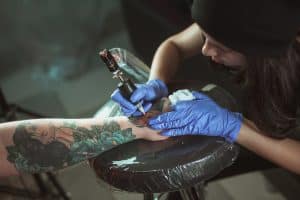Blog
Numbing cream
Painless treatments with numbing cream
Looking for a painless tattoo, piercing, permanent make up or laser/dermabrasion? Look no further – NoPain® Numbing Cream was designed with both the client and the artist in mind.
Being the strongest numbing cream on the market, NoPain® Numbing Cream is an industry game changer. It leaves the skin firm and light but completely numb! The cream is a topical anesthetic with a mix of nerve deadeners and nerve blockers.

Our products are being used worldwide by all types of artists and clients who wants a painless treatment.
NoPain Cream is a numbing cream giving you a less painful skin-related treatment. We mostly help out people looking to get a tattoo, but it works for other alike treatments such as those related to permanent makeup, piercings, or vaccinations.
The cream works as a local anaesthetic, sedating affected areas before and during treatment. The NoPain Cream is applied to the area of the skin that is about to get treated – in most cases this leads to a painful experience. Summed up, the cream anaesthetizes a certain area and gives you are trouble-free tattoo experience.
How to use numbing cream
1. Remove dead skin and oil
To make sure the cream gets the best contact with the skin that needs treatment, wash the area where the cream is being applied. We recommend washing with green soap. If you do not have green soap wash with an unscented and paraben-free soap.
2. Apply the numbing cream 30 – 45 min. before treatment
Apply a very thick layer of numbing cream on the surface that needs treatment. Apply film over the area where the cream was applied to prevent it from drying out. It is important the cream does not dry out!
3. Wash of right before treatment
Right before going in to treatment wash the cream of with a dry towel. If being used with a tattoo wash with cold water.
Enjoy a painless treatment with NoPain® Numbing Cream!
Numbing cream – what is local anaesthesia?
Local anaesthesia is a way of anaesthetizing a specific area of the body. The substance is usually injected through a syringe, but with this cream, all you have to do is apply it directly on the skin.
When the anaesthetizing cream is applied to the specific area on the skin, you will experience a reduced tactile sense, avoiding pain in the affected area during treatment. Local anaesthesia is commonly used for smaller treatments or surgical procedures. Side-effects in relation to local anaesthesia is very unusual. Consequently, local anaesthesia is a very safe anaesthetic method.
How numbing cream affects your body
When the numbing cream is applied to the specific area of the body, the transmission of nerve impulses from the area of effect to central nervous system is blocked due to the local anaesthesia, ensuring that pain will not occur.
In other words, the pain notification never makes it all the way to our brain. This translates into you being able to experience a pain-free treatment.
Different types of pain-relieving substances
There are multiple types of analgesic ointments and creams for your skin. Creams with piroxicam, ibuprofen, and diclofenac are used for joint and muscle pain. These types are useful if you suffer from arthritis for example.
If you are looking for an anaesthetizing effect, use substances containing nerve deadeners, which is what is used in the NoPain numbing cream.
Is it potentially dangerous to use a numbing cream?
In the NoPain numbing cream, you will find nerve deadeners and nerve blockers. They are not potentially dangerous or harmful, but the cream should only be applied for its intended usage, which involves treatments in relation to tattoos, permanent makeup, vaccinations and other treatments involving skin piercing.
We therefore advise you to only use NoPain cream in accordance with the instructions following your purchase. Only apply it when you are about to undergo a treatment, for example in relation to tattoos or vaccinations that requires some sort of pain-relief such as the NoPain numbing cream.
Numbing cream for multiple purposes
The NoPain Cream should be used for treatments with a high risk of pain. The numbing cream anaesthetizes the area of effect, and we advise that you use it in relation to:
- Vaccinations
- Permanent hair removal
- Tattoos
- Permanent makeup
- Piercings
- Waxing
- Hair removal (laser)
How do I use NoPain numbing cream properly?
There are a few rules to remember in order to get the most out of your numbing cream. Remember to wash and clean the area of effect thoroughly before applying the cream. We recommend using green soap, but other types of entirely neutral soaps can also be used with the same effect.
The cream should be applied 30 – 45 minutes before undergoing treatment. Make sure to apply a sufficiently thick layer of the numbing cream on the specific area. In order to avoid the cream drying out while waiting, put on plastic wrapping right after applying the cream. It is widely important that the cream does not dry out.
Wash off the numbing cream right before treatment.
Amount of NoPain Cream to purchase
The NoPain numbing cream comes in a tube, and you can choose between one or multiple tubes. The number of tubes depends of how comprehensive and how many treatments you need pain relief to get through. If numbing cream is a new concept to you and you only need for a small tattoo or vaccination, we recommend starting with one or two tubes.
Are you going through are series of tattoo sessions or multiple vaccinations for longer stays abroad, we recommend larger packages with multiple tubes. Remember, do not just apply a thin layer – the cream will only have maximum effect when applying a thick layer. A tube contains 30 g, so for a big full-body tattoo, you are going to need more than one.
Read a more detailed description here
NoPain Cream contents
The NoPain numbing cream is based on a compound of nerve deadeners and nerve blockers. It contains anaesthetizing substances, ensuring a quick pain relief in a specific area while being tattooed or anything similar. The cream also offers the same kind of sedating effect as used in cough drops and ointments healing wounds.
Make sure to only apply the recommended amount as is advised with the instructions complementing your order. Only apply it to the area that is undergoing treatment.

